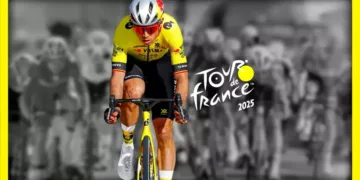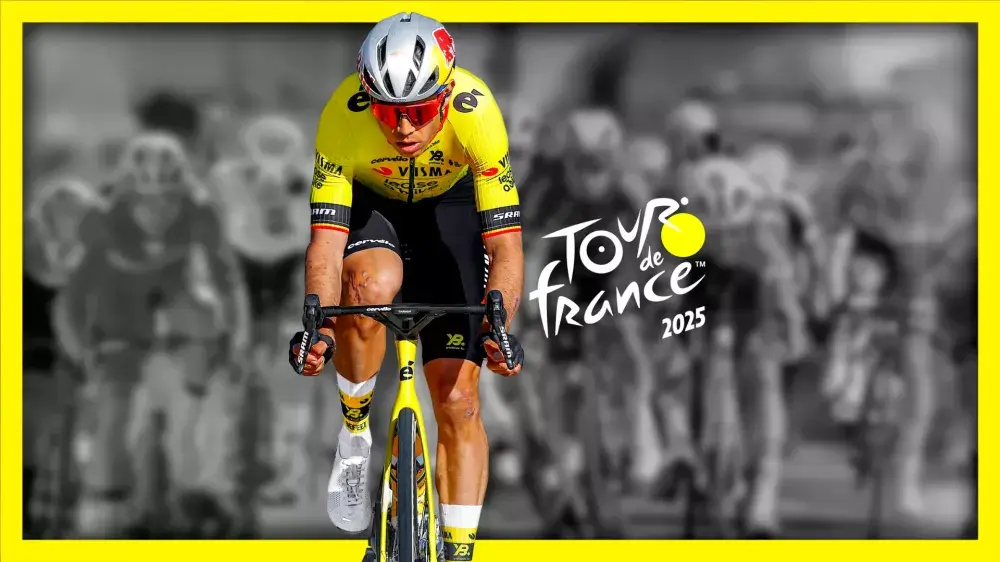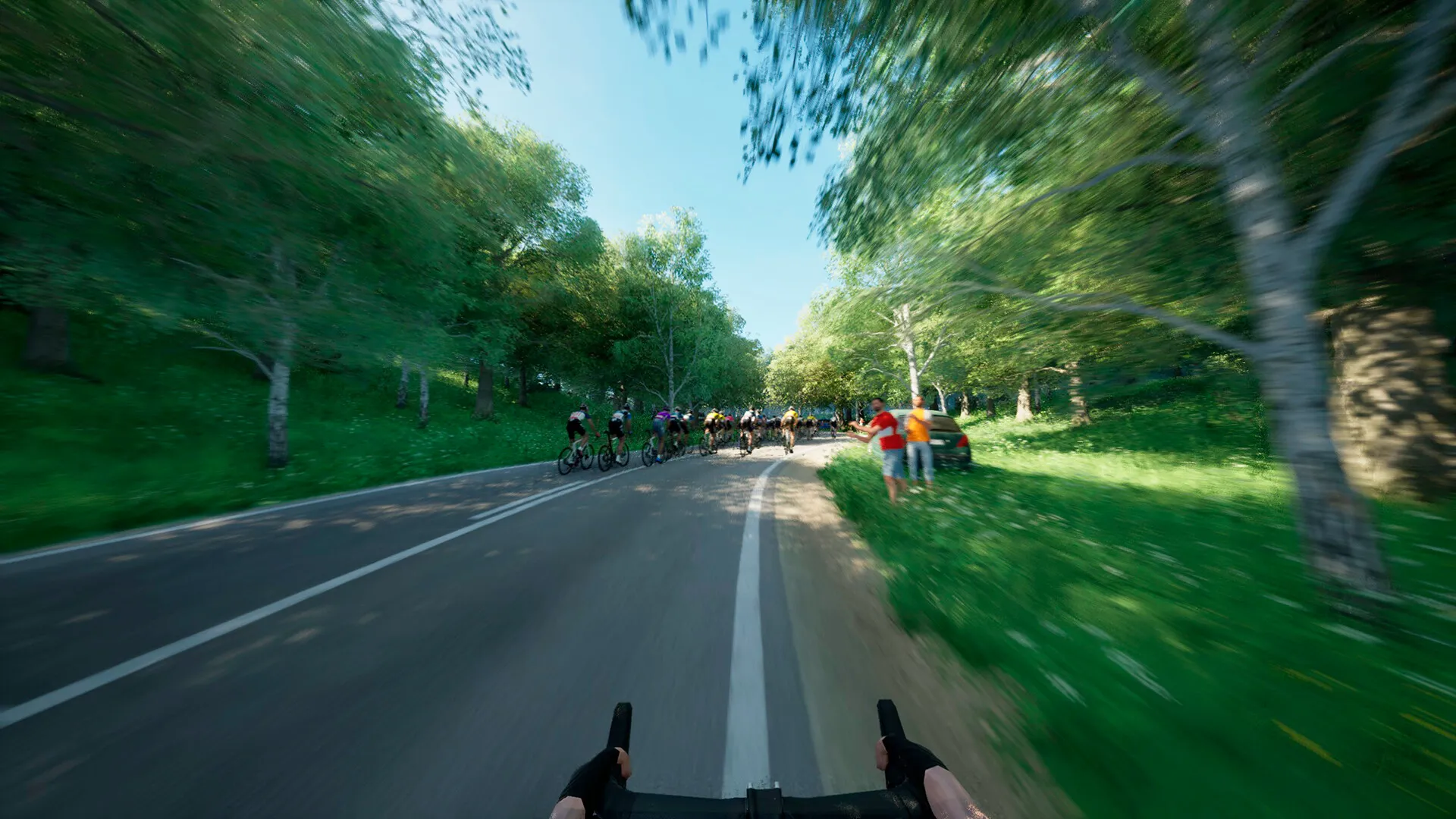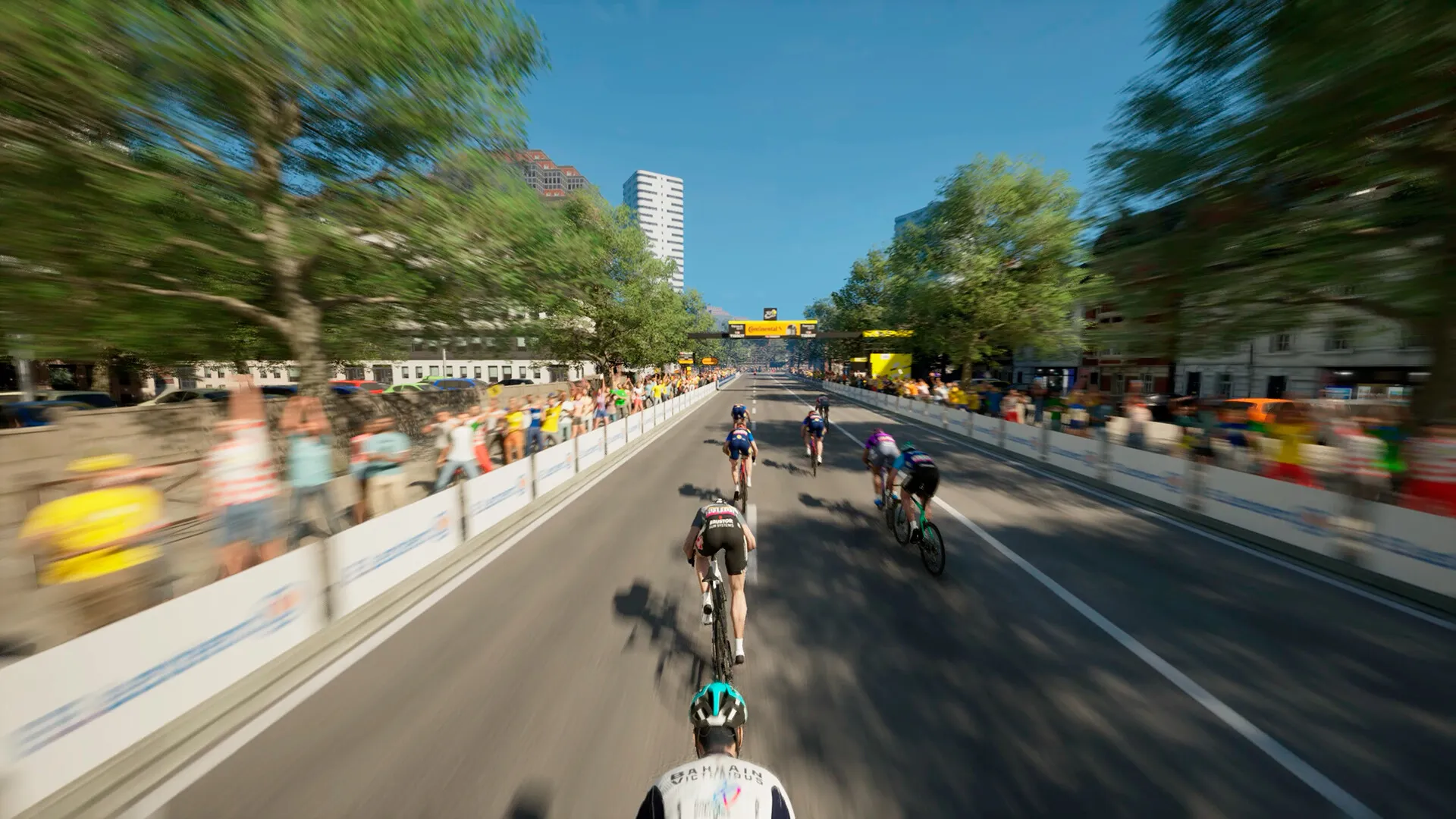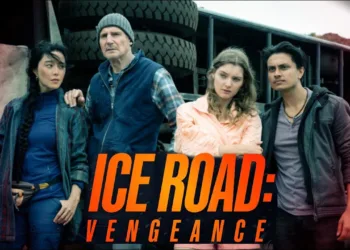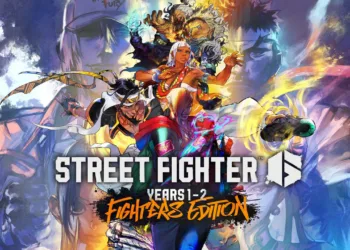Tour de France 2025 arrives as the official video game of the premier cycling event, but anyone expecting a straightforward racing title will be swiftly left behind. This is not a game about holding down an accelerator and taking the perfect line through a corner. It is a methodical, demanding simulation of professional cycling, where success is found in careful planning and resource management.
The game is a test of strategic endurance. Every decision to push harder, fall back, or rely on your team has immediate and significant impact. This year’s installment makes a notable jump to the Unreal Engine 5 graphics engine, promising a visual overhaul.
It also introduces small but meaningful adjustments to its core tactical systems. The experience is tailored for those who appreciate the deep strategy of the sport, offering a digital representation of the mental and physical chess match that is the Tour de France.
Chess on Two Wheels
The central gameplay of Tour de France 2025 revolves around managing rider effort, not direct control over speed. Your primary interface for this is a dual-bar energy system. A blue bar represents long-term stamina, the deep well of energy needed to survive a long stage.
A red bar governs your attack energy, a finite resource for the explosive bursts required to break away from the pack or sprint for the finish line. The interplay between these two resources creates a constant, palpable tension.
Pushing too hard on a climb might keep you with the leaders, but watching your blue bar drain to empty creates a sense of dread, knowing you will be vulnerable later. This system turns each stage into a series of calculated risks.
This individual resource management is paired with a team command system. You are not just one rider; you are the director of a full squad. Issuing a command for a teammate to burn their energy to protect you is a meaningful choice with consequences.
You are actively sacrificing one piece to save another. At any point, you can switch control to another rider to execute a plan yourself, positioning them perfectly to block a rival or launch a counter-attack. The system is deepened this year with new consumable gels.
The EnerGel refills both energy bars at the cost of lowering your maximum capacity, a risky trade-off for emergencies. The potent TurboGel, available late in a race, temporarily prevents your attack bar from draining. Using it wisely in the final few hundred meters can be the difference between first and fifth place, making its timing a critical strategic decision.
A World on Two Wheels
The game’s transition to Unreal Engine 5 provides a substantial, if inconsistent, visual upgrade. The benefits are immediately apparent in the environmental presentation. Sunlight now filters through trees, casting long, moving shadows across the road, and the general lighting gives the world a more convincing and less flat appearance.
Rider models are now more varied, with different faces and accessories that finally put an end to the peloton looking like a clone army. The authentic recreation of famous routes is a high point. You can feel the character of each location, from the wind-swept flat stages of Normandy to the punishing cobblestones of Paris-Roubaix.
The addition of the Walloon Arrow, culminating in its famously steep Mur de Huy finish, is a fantastic inclusion. Ascending legendary peaks like Mont Ventoux or the Col du Tourmalet offers impressive vistas that capture the scale of these epic climbs.
This visual leap is not without its problems. The presentation can often look blurry, with a soft-focus effect that detracts from the sharpness of the image. The engine’s power also seems to cause performance hiccups, as stutters and frame rate drops can interrupt the fluidity of a race, especially in a crowded peloton. Beyond individual races, the game offers several modes.
The Pro Team and Pro Captain career modes let you guide a squad or a single cyclist through multiple seasons, completing sponsor objectives to earn reputation and sign better riders. A standard Race mode is available for any single event, and online multiplayer returns, though direct races are limited to just six players, feeling small in scale compared to the massive pelotons of the main game.
Riding Experience and Quirks
The moment-to-moment experience of guiding a rider feels responsive. A refined effort control system means you are focused on strategic positioning and timing, not simply holding a button to pedal, which makes managing a long race far less tedious.
This improved control, however, is often let down by the behavior of your AI-controlled teammates. They can be maddeningly passive. Imagine setting up a perfect sprint finish, but your final lead-out rider inexplicably sits on your wheel, acting as an anchor instead of a slingshot. This kind of lapse in logic can turn a guaranteed victory into a bewildering defeat and remains a significant source of frustration.
The audio design presents a similar contrast. Ambient sounds are quite effective. The whir of tires on asphalt, the rush of wind on a descent, and the collective groan of the peloton on a steep incline all ground you in the race. You can hear the satisfying click of the chainset as you shift gears.
The commentary, however, is sparse and highly repetitive. The same few generic lines appear so often that they quickly become background noise you learn to ignore. Finally, the career mode structure has a peculiar quirk.
You can select a top-tier professional team and wear its official jersey, but you must build its roster of riders from scratch. Starting a career as a famous team but with a roster of unknown riders feels like being handed the keys to a supercar but being told you have to build the engine yourself. The prestige is there in name only, creating an odd disconnect.
The Review
Tour de France 2025
Tour de France 2025 is a rewarding strategic simulation that successfully captures the tactical mind games of professional cycling. Its core gameplay is deep and engaging for those with patience. While the graphical upgrade is a notable step forward, it’s hampered by technical issues and a frustratingly passive AI that can undermine the best-laid plans. It's a game for the cycling purist, offering a rich but flawed experience that newcomers may find difficult to overlook.
PROS
- Deep and engaging strategic energy management.
- Team-based tactics add a significant layer of planning.
- Vastly improved lighting and environments with the new engine.
- Authentic and scenic recreations of famous cycling routes.
CONS
- Teammate AI is often passive and unreliable.
- Repetitive and uninspired commentary.
- Visuals suffer from blurriness and performance stutters.
- Career mode structure feels disconnected and odd.
